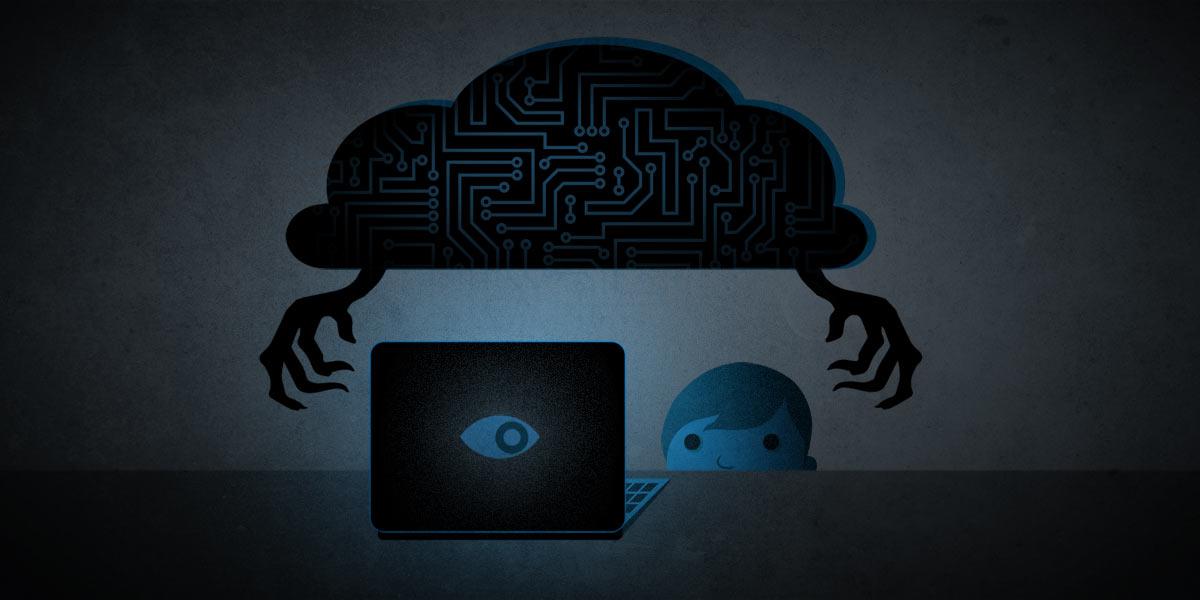In less than a full week, two elected officials have been assaulted and detained by federal agents. This isn’t bureaucracy misfiring—it’s the script of authoritarianism, unfolding in real time.
- Sen. Alex Padilla was tackled and cuffed by DHS officers in Los Angeles during a press conference he was invited to.
- NYC Comptroller Brad Lander (and Mayoral hopeful) was detained by ICE and FBI agents inside a Manhattan courthouse after accompanying a defendant out the door.
No warrants. No explanations. Just power flexed for intimidation.
This is how democratic erosion happens—not as a singular event, but as a pattern. We’ve seen it before. And the question now is whether we’ve learned enough to stop it.
Federal Force as Political Weapon
Padilla was pinned to the ground, chest down, in front of cameras. Lander was swarmed and cuffed without warning. At the moment, Brad Lander is still in custody, being held on the 10th floor of 26 Federal Plaza, where migrants apprehended by ICE are typically detained.
No charges filed. The message was clear: “We can do this to you.”
But if it can happen to them, it can happen to anyone.
And it already has.
Historical Echoes: This Has Happened Before—And It Gets Worse
When law enforcement becomes a tool of political suppression, the fallout is rarely limited to the first strike.
• The Palmer Raids (1919–1920):
In the aftermath of WWI, U.S. Attorney General A. Mitchell Palmer launched sweeping raids to arrest and deport suspected radicals—mostly immigrants. No due process. Mass detentions. Federal agents kicking down doors.
What it led to: Hundreds deported without trial. Mass fear. And the eventual formation of the ACLU.
• Ferguson, Missouri (2014):
After the police killing of Michael Brown, Ferguson erupted in protest. The federal response included DHS surveillance, DOJ infiltration of online organizing groups, and the deployment of military-grade police equipment. Peaceful protestors were met with tear gas, tanks, and snipers on rooftops.
What it led to: The birth of a national movement for racial justice—and the normalization of militarized domestic policing, now standard playbook for suppressing protest.
• Kent State Massacre (1970):
After Nixon expanded the Vietnam War into Cambodia, students protested nationwide. At Kent State, the National Guard opened fire—four students killed, nine wounded.
What it led to: National student strikes. 800 campuses closed. A permanent fracture between government and youth trust.
These weren’t just overreaches. They were escalation signals—the government turning coercive, and in turn, radicalizing the people it tried to silence.
Today’s Flashpoint: No Kings, No Tyrants
In contrast to federal intimidation, the American people showed what resistance looks like:
- June 14: “No Kings” protests spanned all 50 states and over 30 countries.
- Estimated 5–6 million protestors turned out.
- Portland: 50,000 marched in coordinated silence.
- Phoenix: 20,000 stood in 110° heat.
- In Denver, thousands gathered, pushing back on deportations and militarized courthouse action
The phrase “No Kings” wasn’t just branding. It was a battle cry—an affirmation that power without accountability has no legitimacy.
The Stakes: This Is Not The Time for Normalcy Bias
This isn’t a PR misstep. It’s a tactic:
- Discredit elected officials.
- Detain them publicly.
- Frighten others into silence.
And if history is any guide, the next steps might not be arrests. They might be disappearances, indefinite detentions, or worse—unless we refuse to look away.
What Resistance Must Do Now
Protect dissenters: From local leaders to ordinary citizens—if they speak up, they’ll be targets. Build networks. Offer legal aid. Share footage.
Investigate and hold accountable: Call for congressional oversight hearings on federal politicized enforcement.
Sustain pressure: “No Kings” can’t be a one-off. Every city, every weekend, every council meeting—resistance needs to keep showing up.
Vote like it’s an escape plan: Authoritarian regimes often win power democratically—once. Then they rig the rest. The 2026 midterms must be a firewall.
Final Word
When a Senator is tackled and a city Comptroller is cuffed, we don’t ask “What went wrong?” We ask, “What will we do next?”
The past tells us what happens when we don’t push back—people get radicalized, institutions collapse, and recovery takes generations. But this moment is still elastic. The damage isn’t final yet. We still have time to bend it toward justice.
The “No Kings” movement shows us the power of collective refusal—millions rising not in chaos, but in coordinated defiance. Now it’s time to turn that spectacle into a sustained movement, one rooted in solidarity, vigilance, and relentless accountability. We must ensure American democracy isn’t dismantled one courthouse at a time.
There are no kings here. But there are people who act like them. And if we don’t stop them now, there will be no pretending we didn’t know how it ends.




